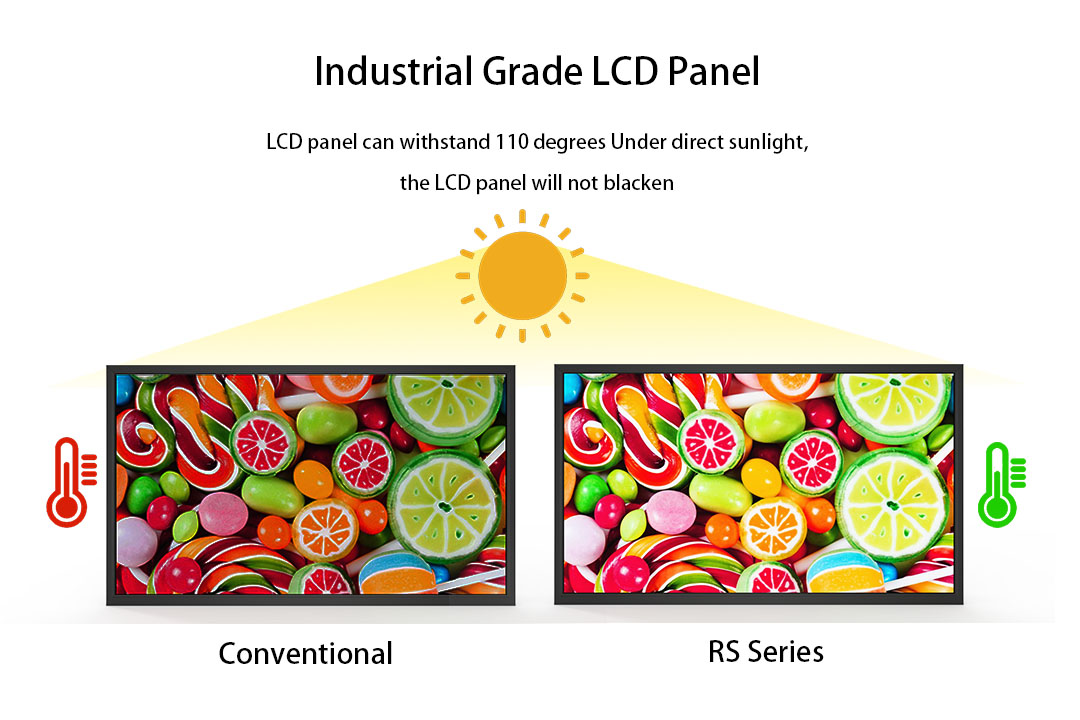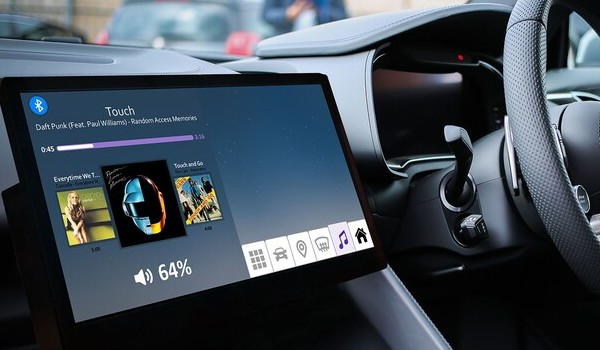In today's digital era, displays have become an essential part of our everyday lives. From smartphones to laptops, televisions, and smartwatches, we rely on displays to consume information, communicate, and entertain ourselves. With the rapid advancement in display technologies, manufacturers are constantly striving to deliver better visual experiences to users. One such improvement is the introduction of high TNI displays.
TNI stands for "Twisted Nematic ITO (Indium Tin Oxide)" and refers to a type of LCD (Liquid Crystal Display) technology commonly used in consumer electronics. High TNI displays, also known as high-temperature displays, offer several advantages over traditional displays, making them increasingly popular in the market.

The primary feature of high TNI displays is their ability to withstand high temperatures without compromising image quality. Standard LCD panels are sensitive to heat, which can cause color distortion, image lag, and even permanent damage. High TNI displays are designed to work accurately and efficiently even in high-temperature environments, making them ideal for certain applications.
One of the main consumers of high TNI displays is the automotive industry. In the past, cars often lacked proper heat management systems, leading to increased temperatures inside vehicles on hot summer days. This posed a challenge for display manufacturers as standard LCD screens could malfunction under extreme temperatures. High TNI displays emerged as a solution, ensuring excellent visibility and durability even in scorching conditions. With their high-temperature resistance, these displays can withstand challenging environments while still providing clear and vibrant visuals to drivers and passengers.

Another sector benefiting from high TNI displays is the industrial sector. Manufacturing plants, warehouses, and other industrial environments often have high-temperature conditions due to machinery and equipment. Regular LCD screens might not be suitable for such environments, as they can fail or develop permanent damage. A high TNI display, however, can excel in these harsh conditions, allowing workers to accurately monitor and control critical processes throughout their operations.
Furthermore, high TNI displays are gaining popularity in outdoor applications such as digital signage and advertising. Traditional LCD screens often struggle in direct sunlight, leading to poor visibility and reduced image quality. High TNI displays have improved brightness and contrast ratios, making them more visible in bright outdoor environments. They also prevent image degradation and color distortion caused by excessive heat, ensuring that advertisements and information boards remain clear and eye-catching.

Apart from their high-temperature resistance, high TNI displays offer other notable advantages. They typically have a wide viewing angle, allowing users to see the screen clearly from different positions without any color shifting or loss of contrast. This feature is particularly crucial in applications like televisions and monitors, where multiple people may be viewing the screen from various angles. High TNI displays also tend to consume less power compared to other display technologies, making them energy-efficient and contributing to longer battery life in portable devices.
While high TNI displays have several advantages, they do have some limitations. For instance, their response times are generally slower compared to other display technologies such as OLED (Organic Light-Emitting Diode). This may result in motion blur or ghosting in fast-paced scenes, which can be detrimental for gaming or video playback. Additionally, high TNI displays have narrower color gamuts, limiting their ability to reproduce a wide range of colors accurately.
In conclusion, a high TNI display is a type of LCD screen designed to withstand high temperatures while maintaining excellent image quality. They find extensive applications in the automotive, industrial, and outdoor sectors, where harsh environments and extreme temperatures are common. These displays offer benefits such as high visibility, durability, wide viewing angles, and energy efficiency. However, they may have slower response times and narrower color gamuts compared to other display technologies. As technology continues to advance, it will be interesting to see how high TNI displays evolve and whether they will become the norm in various industries.
Ask a quote for the latest price and one of our team members will respond as soon as possible.
